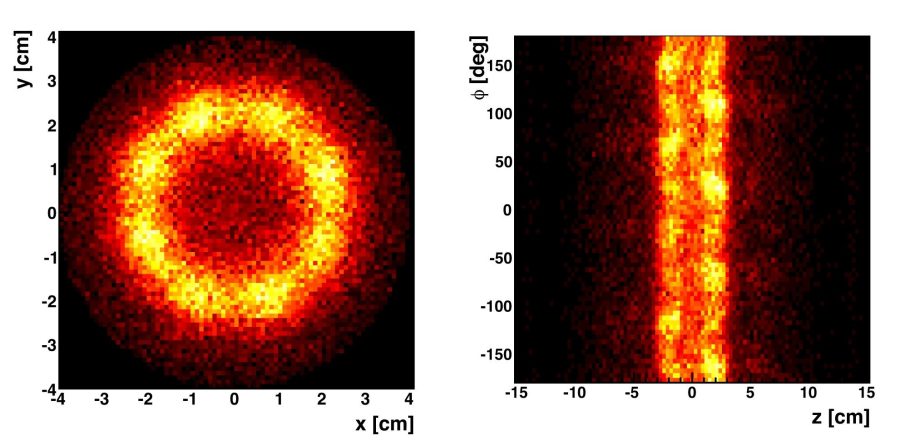Star Trek’s engine system uses antimatter to propel the starship Enterprise at “warp speed”. Dan Brown’s Angels and Demons features antimatter in the form of a bomb. Unlike these works of fiction, CERN’s (the European Laboratory for Particle Physics) press release in Nature on November 17th, 2010 is science. The release doesn’t concern super-powerful engines or penultimate bombs, but rather discloses recent advances in antimatter research.
Before beginning to deal with the press release, it’s necessary to answer some basic questions. What is CERN and what is “antimatter”?
The technology CERN boasts makes it the foremost lab for the research of high-energy particle physics. Its Large Hadron Collider (with a whopping 17 mile circumference) can, as described on CERN’s website, “recreate the conditions just after the Big Bang, by colliding the two [subatomic particle] beams head-on at very high energy.” CERN also houses an Antiproton Decelerator which slows particles to speeds at which scientists are able to manipulate them.
Antimatter (antihydrogen specifically) is created by combining antiprotons and positrons. Antimatter is the broad term used to describe atoms with inverse charges.
The problem with antimatter is not one of production but of containment. Antimatter annihilates itself when it comes into contact with matter. Although the container itself holds no other atomic material, the antimatter nonetheless smashes into the walls of the container and bam, there’s a burst – matter is converted into energy – the antihydrogen is gone after a few nanoseconds.
Enter our heroes – the ALPHA team.
ALPHA stands for Antihydrogen Laser Physics Apparatus. It is a team of about 40 scientists gathered from all over the world (USA, Canada, Israel, Brazil, Japan, UK, and Denmark) collaborating to research antimatter.
What’s their accomplishment? Containment. Because antimatter destroys itself, containing it for a measurable amount of time is incredibly challenging.
ALPHA spokesman Jeffery Hangst, in an National Public Radio interview, pointed out that “the antimatter didn’t escape […] we threw it out […]. We first have to trap it then release it intentionally.” For, although it is crucial to contain antihydrogen, important information is also yielded when it annihilates.
But, just how should a particle of antimatter behave? Right now, all that is known for certain is 1) antimatter doesn’t play well with normal matter and 2) when energy is used to produce mass there is an equal amount of matter and antimatter created.
Perhaps contrary to common sense, Hangst wrote in a press release in the CERN Courier, “the laws of physics say that hydrogen and antihydrogen should behave in the same way.” Antihydrogen should be a “mirror-image” of normal matter. Thus we come back to the question – why did the universe come to be composed of matter and not antimatter? The answer: we still don’t know.
Research in antimatter is in its infancy, although it is already yielding invaluable data (the kind of data that could change the laws of physics).
There are a few things we can be sure of, according to Hangst. “A milligram of antimatter, annihilating on matter, would yield an energy equivalent of about 50 tons of TNT,” he reports in the CERN Courier. This would be terrifying information if it weren’t for the stipulation that it would take “longer than an age of the universe to make 1 gram of antimatter” and a container around 100 miles wide to contain the atoms. So, what does this mean for fans of the Star Trek series and Dan Brown’s novels? We won’t be rushing through space (the final frontier) at galactic speeds anytime soon – but, on the bright side, there won’t be any weapons that make Nukes look like pop-rockets.





















































